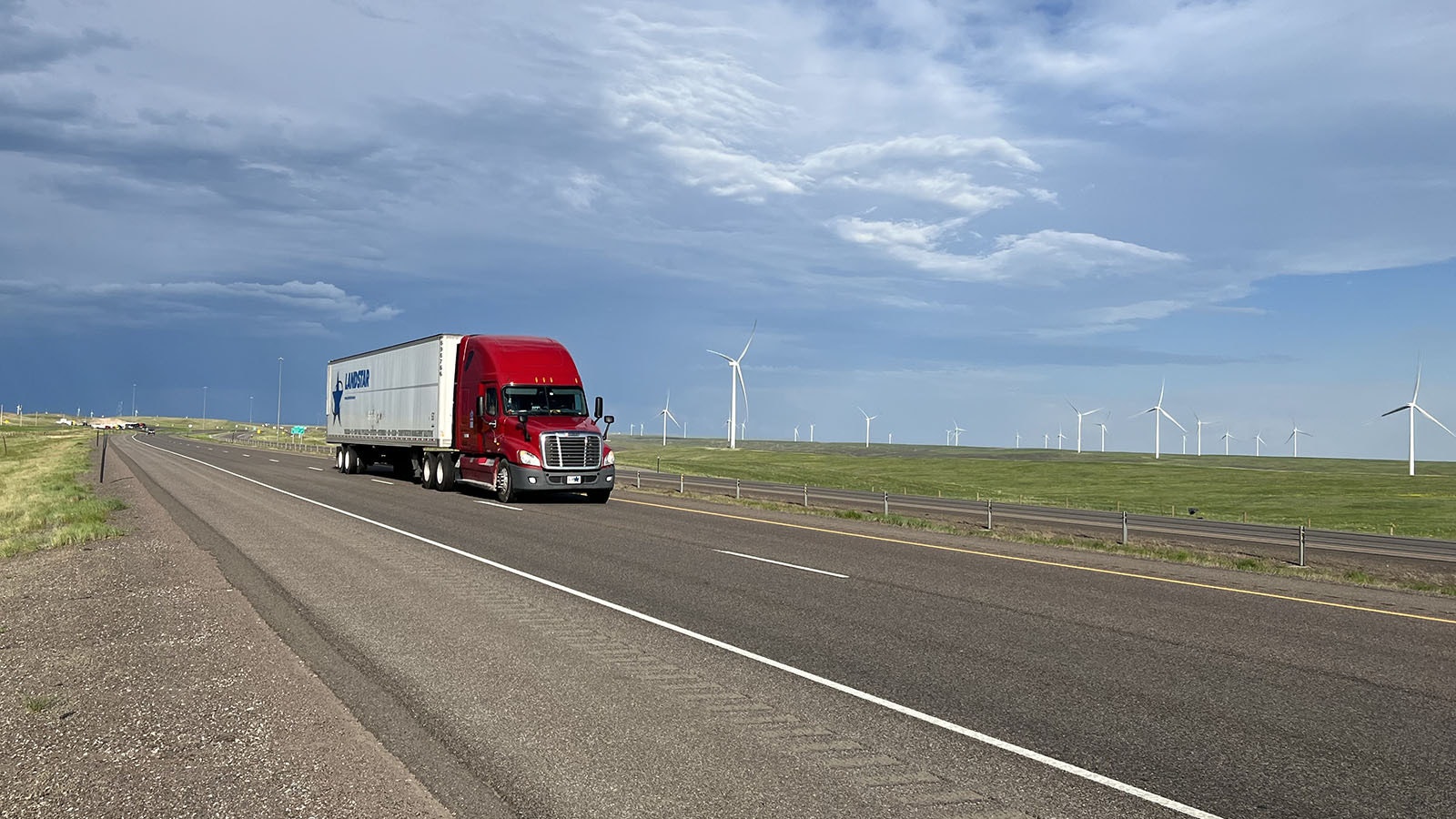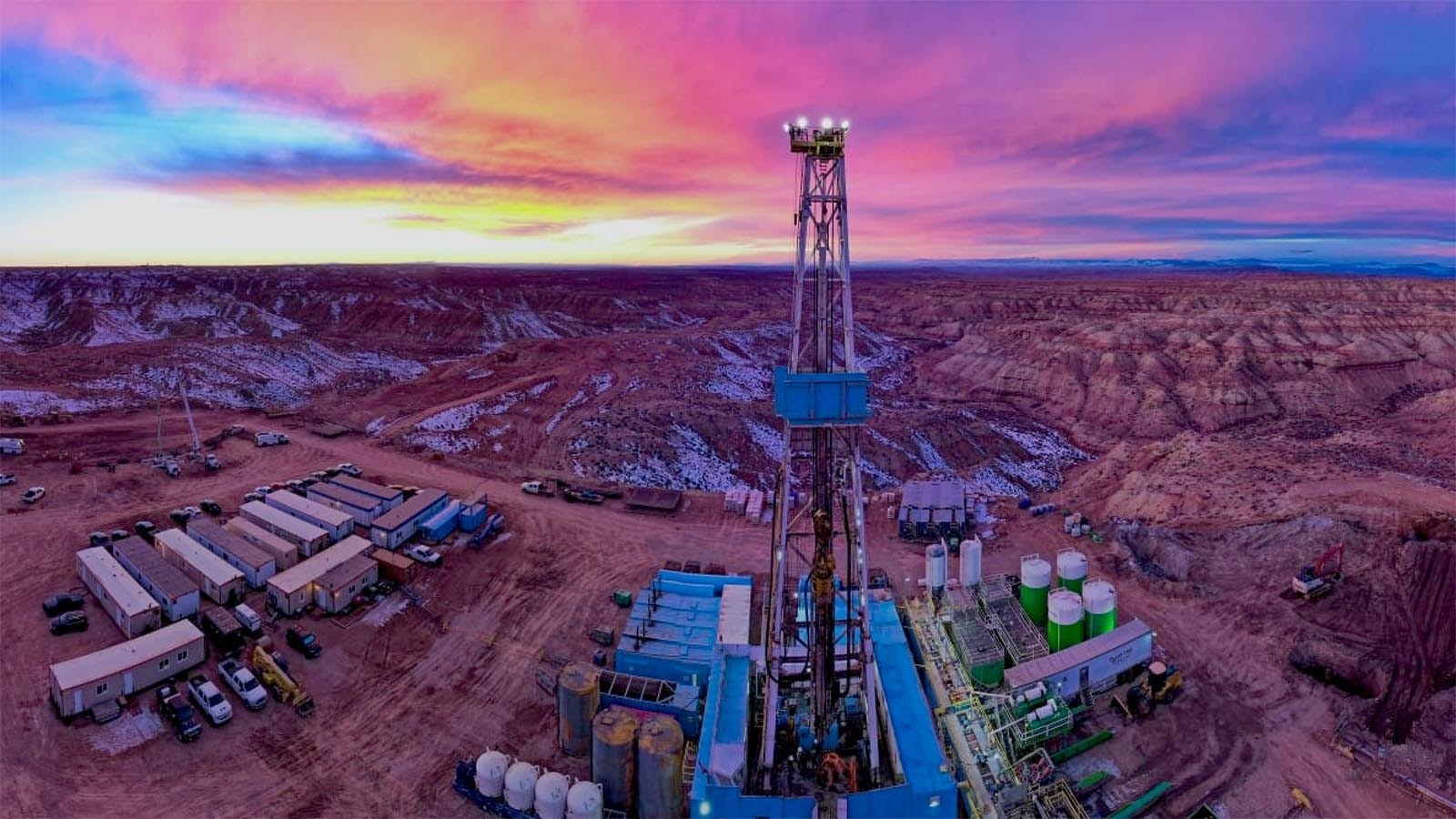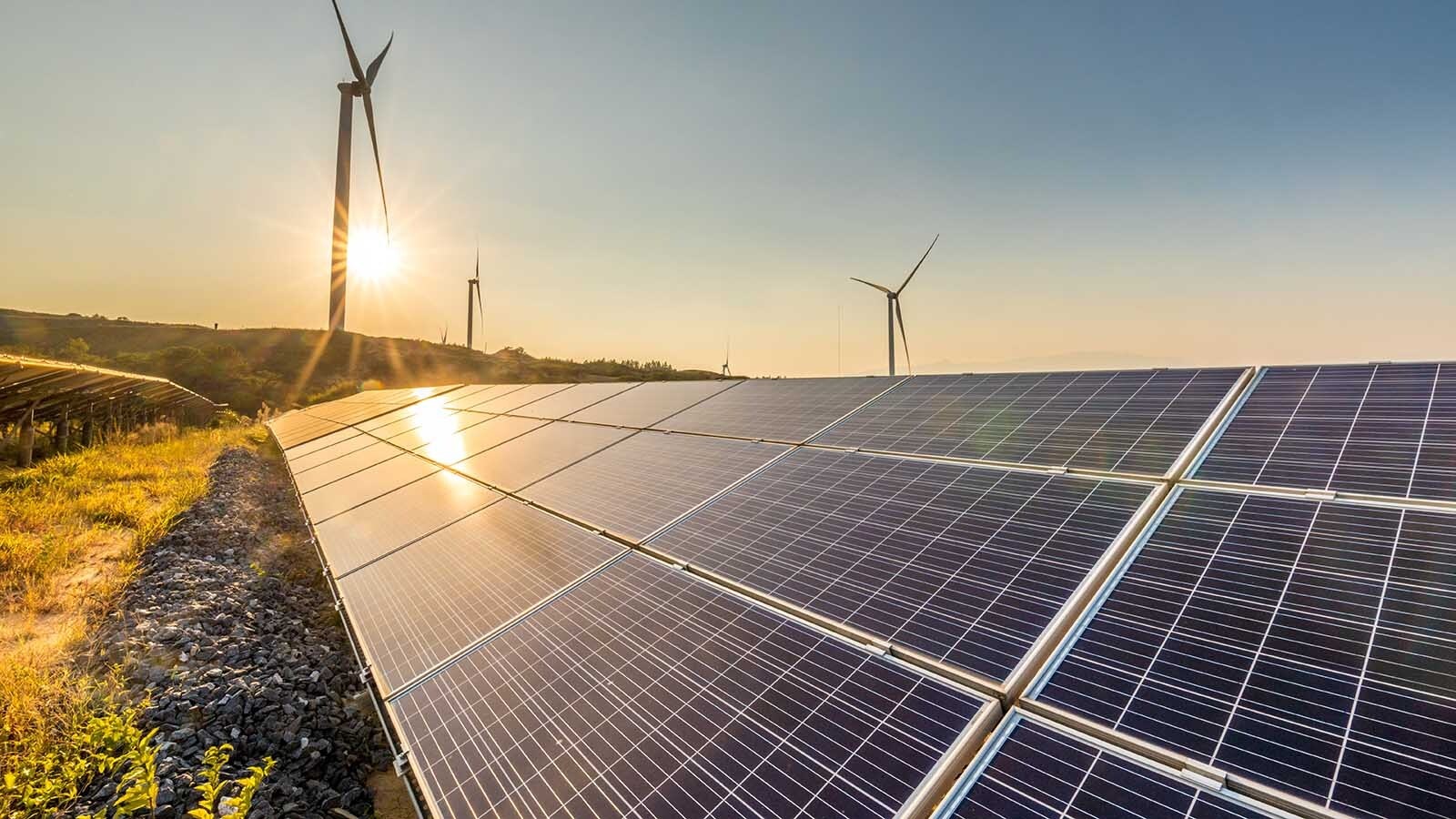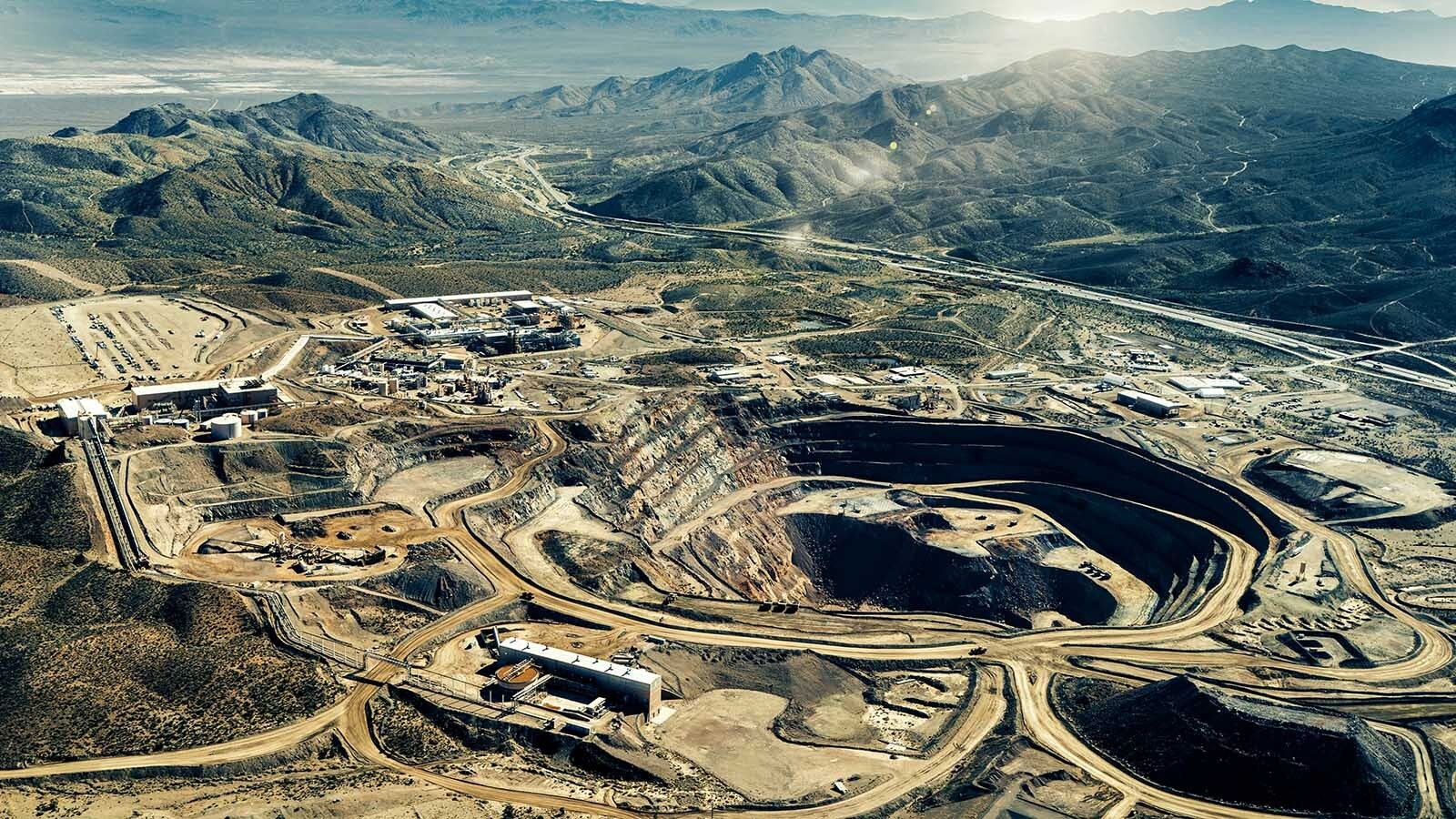As wind farms spread across southern Wyoming at a breakneck speed, concerns are growing over the impacts of this rapid development on wildlife and the natural scenery of the state.
The Albany County Conservancy and Mike Lockhart, a wildlife biologist specializing in eagles who worked for the U.S. Fish and Wildlife Service for more than 30 years, have filed a lawsuit against the BLM over the approval process for a transmission line to connect the Rock Creek Wind project to two larger transmission lines that will export wind energy out of the state.
The lawsuit alleges that the approval was done without any public notification, comment or other forms of public participation, which the complaint says are required as part of the National Environmental Policy Act requirements.
Fatally Flawed
The BLM, according to the lawsuit, conducted the review of the project in secret despite “explicit” efforts on the part of the conservancy and Lockhart to participate in the NEPA process.
Anne Brande, executive director of the conservancy, told Cowboy State Daily that multiple wind projects, as well as their associated transmission lines, are winding through the approval process and people often aren’t aware it’s happening.
“It’s frustrating to say the least,” Brande said.
The authorization of the right of way for the transmission line was supported by an environmental assessment (EA), according to the lawsuit, which found that the project would have no significant environmental impacts. The lawsuit says the EA is “fatally flawed” and insufficient.
“This is concerning, because the Rock Creek Wind Facility is just one of many large-scale commercial wind farms the federal government has foisted on Albany and Carbon County residents without even attempting to examine the magnitude of harm that such an unprecedented concentration of turbines will have on Wyoming in either the short or long term,” the lawsuit says.
The lawsuit asks that the BLM conduct a much more thorough environmental impact statement, which would incorporate the views of people living in the communities that are impacted by the developments. The EA does not do that, according to the lawsuit.
Piecemeal Process
Lockhart told Cowboy State Daily that the BLM is not factoring the cumulative impacts of hundreds of wind turbines and their associated transmission lines on important wildlife habitats.
Instead, Lockhart said the BLM is approving these projects in a “piecemeal” fashion in which the impacts of the projects are considered in isolation from other projects.
“They’re piecemealing it to death,” he said.
He said there are 17 operating wind farms in southeastern Wyoming, and there are four more working their way through the planning and approval phases. This will create a continuous industrial complex across the Wyoming landscape that will pose “exceptional danger” to migratory birds and bats.
“Nobody has done a comprehensive cumulative impact on developments that are there — or that are being proposed — and it's just an enormous footprint that's going to occur,” Lockhart said.
Endangered Species
In a statement announcing the lawsuit, Brande said that renewable energy facilities can’t be considered green if they are poorly sited and degrade critically important habitats for protected and declining wildlife in Wyoming. She also noted that the Rock Creek Wind project will be built just 5 miles from Bamforth National Wildlife Refuge.
“The Bureau of Land Management is trying to sneak through approval of these federal rights-of-way without environmental review, enabling a massive cumulative assault on declining wildlife and habitat from both existing and numerous proposed wind projects,” Brande said.
Lockhart said that the area of the project named in the lawsuit is one of the most important areas for golden eagles in North America.
“Other endangered species who call this area home include greater sage grouse, mountain plover, black footed ferret, and the northern leopard frog. All these species are of enormous social and economic importance to Wyoming and the nation,” Lockhart said in the statement.
Untouched Lands
Cindy Shivy, who lives in northern Albany County, told Cowboy State Daily that the area is one of the last great places in Wyoming that are untouched by development.
Shivy said she has a deep respect for property rights and doesn’t want to tell other people what they can and can’t do with their property. But she is concerned about how so much development will impact wildlife, the environment, and the viewshed.
“It destroys the beautiful scenery,” Shivy said.
With all the wind farms and transmission lines being built in the area — and much more on the way — she wonders how extensive the impacts are going to be.
“It’s very sad to see, and I don’t like it,” Shivy said.
Growing Pushback
Opposition to the renewable energy buildout is nothing unique to Wyoming. It’s been much more common in the Midwest and Eastern United States, where communities are regularly fighting wind and solar projects.
Energy watchdog Robert Bryce keeps a database of communities that have rejected wind and solar projects over a variety of concerns.
Beginning in 2015, there were over 60 rejections of wind and solar energy projects in the U.S. Last year, there were over 140, according to the database. This year, Bryce has tallied over 80 so far.
Altogether, 572 renewable energy projects have been blocked since 2014.
Divide And Conquer
Sen. Cale Case, R-Lander, told Cowboy State Daily he is troubled by the lack of consideration of the cumulative impacts of all the wind development in the state. He said a lot of the approval projects, through multiple steps and agencies, is done in this “piecemeal” fashion.
He said the same problem exists with the Wyoming Public Service Commission (PSC), which regulates public-owned utilities in the state.
The PSC approves utilities’ integrated resource plans, which lay out the plan for the companies’ energy resources, including the shutting down of coal plants, building of new gas plants, and the development of wind projects.
Then, the PSC will approve the construction of a wind farm, and then years later approve the rate changes the utility requests.
For the public to keep track of every part of the process and participating is extremely difficult.
“The end result is a divide and conquer,” Case said.
Get It Right
Brande said that she and the members of the conservancy have full-time jobs and families. It’s hard enough to find time to participate in the approval process, but with so little effort on the part of the agencies to include the impacted communities just makes it all the more difficult.
Case praised Brande and the conservancy for their efforts to try to raise awareness of the cumulative impacts of wind development in Wyoming, and he said he hopes the lawsuit is successful.
“She’s been very tenacious, and I’m so pleased. I think it’s good for Wyoming,” Case said.
Case said the state and federal government should slow down the approval process.
“It really is worth it to take our time and try to get it right,” Case said.





